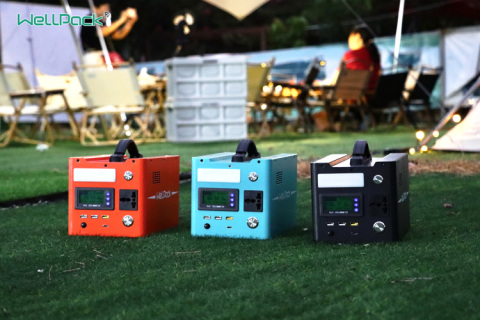
- Home
- >
- News
- >
- Industry News
- >
News
Lithium battery structure and principle interpretation
Now the relatively common and highly recognized by the public of lithium battery are mainly NMC and LiFePO4 . So, how to distinguish between the use of the battery is a NMC and LiFePO4 batteries? The following is a brief introduction to the method.
the battery service life is greatly related to the user’s daily maintenance.
Battery is one of the core components of electric bikes. But we always hear that "electric bike batteries always cannot be fully charged” and other problems, why? Today, a detailed summary of the several factors which affect electric bicycle battery is for you reference.
Do you know When is the best time to change batteris for electric vehicles with cheapest price? Which electric bicycle battery is more durable?
With the development of science and environmental protection, vehicles gradually transform from oil-fueled driving to electric driving. In the future, the new energy vehicles will be gradually spread to the masses. The alternative to fuel oil, of course, is batteries, at the stage, the widely use of vehicles power batteries include nickel metal hydride battery, lithium ion battery, nickel cadmium battery and lithium battery.
Now electric vehicles have become a travel tool for thousands of families, and electric vehicle batteries, as the power source of electric vehicles, are also in the rapid development, the current mainstream batteries on the market are lead-acid batteries, lithium batteries, graphene batteries, what are the difference between them? How to choose it? Come and see it quickly!
Take it, Take heaven and earth as the camp and coexist with nature. Start your journey with electricity. Follow your heart to travel with electricity freely. Unlock various new outdoor playing methods. Enjoy the comfort and passion of life freely.
The BMS battery management system is an indispensable component of power and energy storage battery pack, which plays important functions such as ensuring safety, extending the service life, and estimating the remaining power, to a certain extent, it improves the battery life and reduce the loss caused by battery damage.
Lead-acid batteries belong to the eighth category of dangerous goods, transportation requires a license, and export lead-acid batteries must be specially packaged (qualified packaging certificate), otherwise the customs will not pass.
Lithium iron phosphate has the characteristics of long life, safe use, large capacity, green environmental protection, etc., and its demand continues to increase in the fields of power batteries and energy storage. At present, the energy storage system with lithium iron phosphate batteries has become the mainstream choice in the market. In the first seven months of 2022, China's domestic lithium iron phosphate energy storage accounted for more than 90% of the electrochemical energy storage field.
LiFePO4 is poor in electrical conductivity because of the low diffusion coefficient of Lithium ion. The current approach is to make the particles smaller or even nanoscale. Through shortening the migration path of Li+ and electrons, the speed of charging and discharging is increased (theoretically, the migration time is inversely proportional to the square of the migration path). But this brings a series of difficult problems to battery processing. Let’s take a look at how to solve the problem of coating uniformity of lithium iron phosphate battery .












